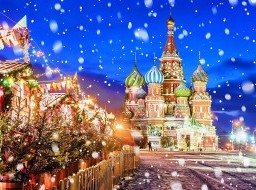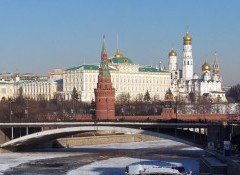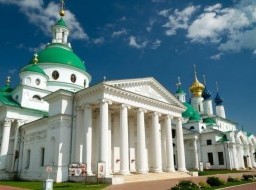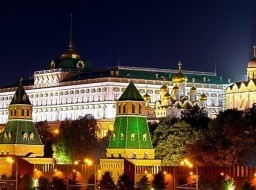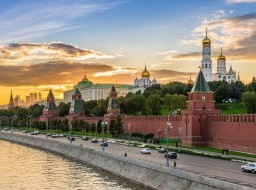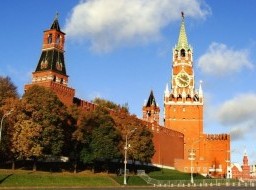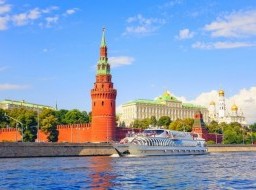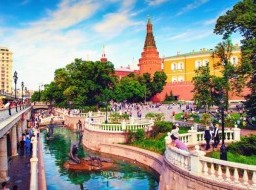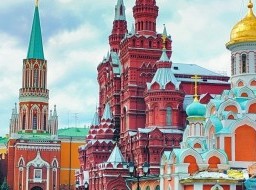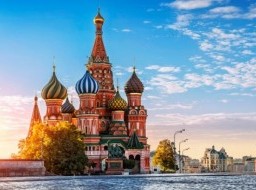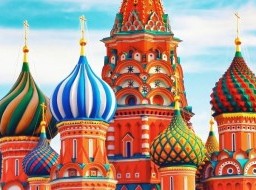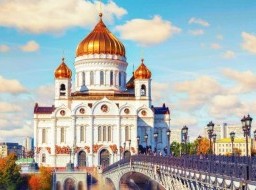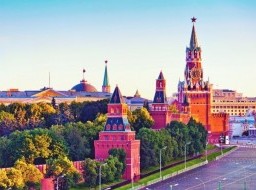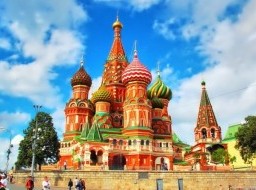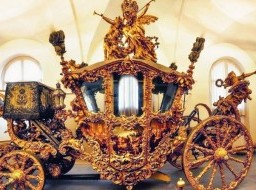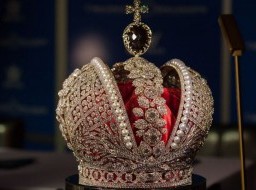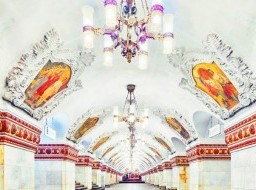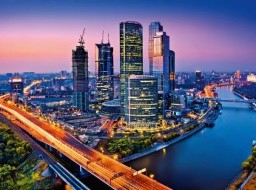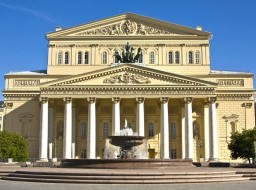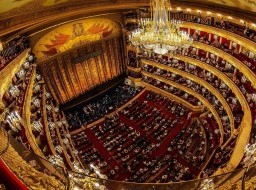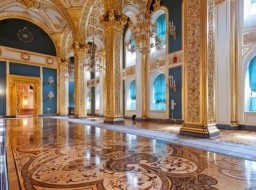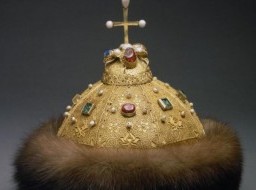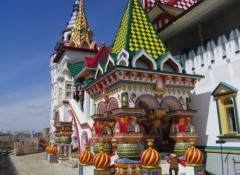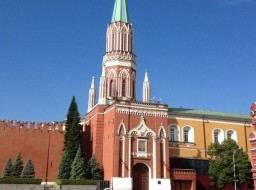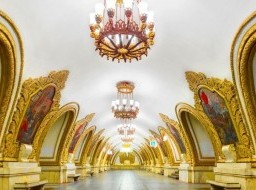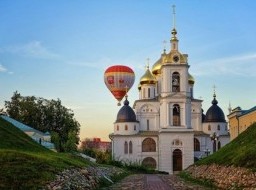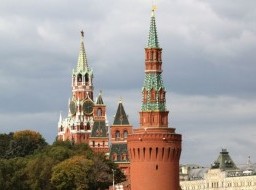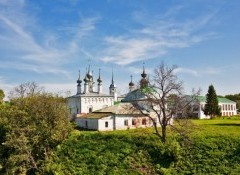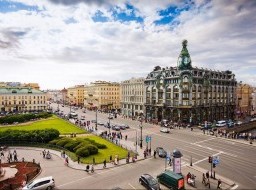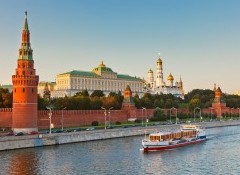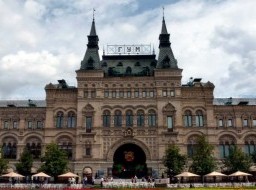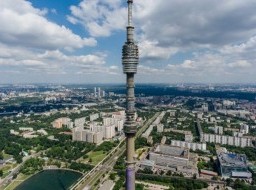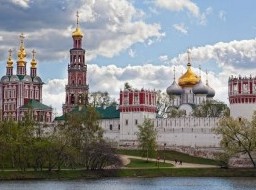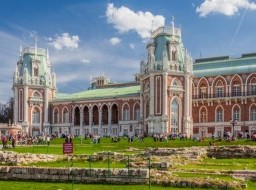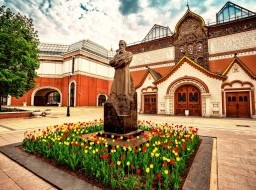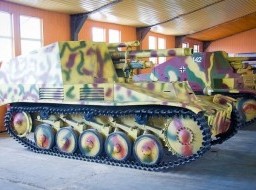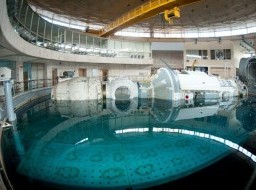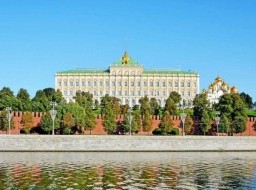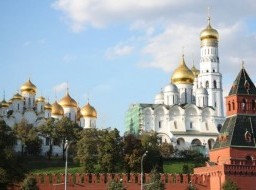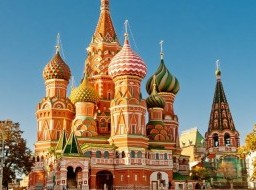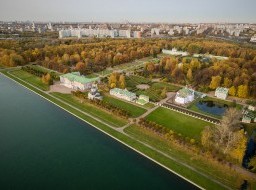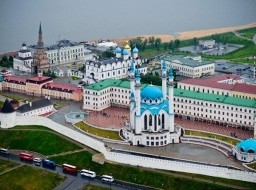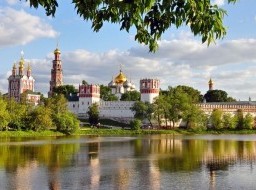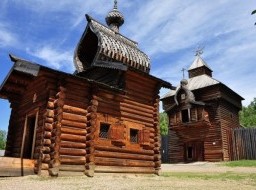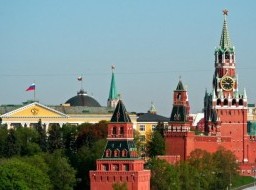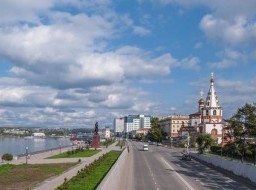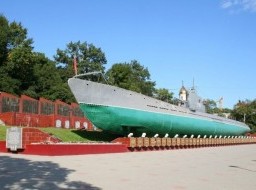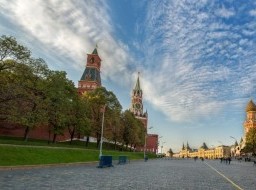Moscow Subway
Moscow's Metro stations together amount to the most beautiful public transport facility in the world. Visitors to Moscow should not miss taking a ride on this glorious underground rail system, and exploring the stations. Each one has its own distinct aesthetic identity, variously adorned with Realist artworks, chandeliers, ornate pillars and marble floors. Moscow's metro caters to two and half billion passenger rides per year, making it the second most used underground metro system in the world. Despite this, the stations are more akin to palaces or 5-star hotel lobbies rather than functional spaces. The depth of the elevators is also astounding. The Moscow Metro is a rapid transit system serving Moscow, Russia and the neighbouring Moscow Oblast towns of Krasnogorsk and Reutov. This metropolitan subway system opened in 1935 with a single 11km line and 13 stations. It was the first underground railway system in the Soviet Union. The Moscow Metro has been described as one of the USSR’s most extravagant architectural projects. Stalin ordered the Metro’s artists and architects to design a structure that embodied “radiance” or “brilliance”, and which would encourage Russian citizens to look up, admiring the station’s art. With their mixture of architectural styles, iconography, sculptures and artwork, the stations are considered one of modern Moscow’s great tourist attractions. You can happily spend a couple of hours going from station to station, looking at depictions of the mighty Soviet Republic and its achievements. The first plans for a metro system in Moscow date back to the Russian Empire but were postponed by World War I, the October Revolution and the Russian Civil War. In 1923, the Moscow City Council formed the Underground Railway Design Office at the Moscow Board of Urban Railways. It carried out preliminary studies, and by 1928 had developed a project for the first route from Sokolniki to the city centre. At the same time, an offer was made to German company Siemens Bauunion to submit its own project for the same route. In June 1931, the decision to begin construction of the Moscow Metro was made by the Central Committee of the Communist Party of the Soviet Union. In January 1932 the plan for the first lines was approved, and on March 21, 1933 the Soviet government approved a plan for 10 lines with a total route length of 80 km. The first lines were built using the Moscow general plan designed by Lazar Kaganovich in the 1930s, and the Metro was named after him until 1955 (Metropoliten im. L.M. Kaganovicha). The Moscow Metro construction engineers consulted with their counterparts from the London Underground, the world's oldest metro system. Partly because of this connection, the design of Gants Hill tube station (although not completed until much later) is reminiscent of a Moscow Metro Station.  Mayakovskaya Metro Station Mayakovskaya Metro Station is considered to be one of the gems of pre-1940s Soviet architecture. A total of 34 ceiling mosaics with the theme "24-Hour Soviet Sky" were supposed to symbolize the bright Soviet future. The Britons called for tunneling instead of the "cut-and-cover" technique, the use of escalators instead of lifts, the routes, and the design of the rolling stock. The paranoia of Stalin and the NKVD was evident when the secret police arrested numerous British engineers for espionage—that is for gaining an in-depth knowledge of the city's physical layout. Engineers for the Metropolitan Vickers Electrical Company were given a show trial and deported in 1933, ending the role of British business in the USSR. You can visit Komsomolskaya Metro Station. The imposing Baroque style, painting in yellow is decorated with eight mosaic panels of precious stones. The theme of the panels represents the Russian fight for freedom and independence throughout history. Novoslobodskaya Metro Station best known for its 32 stained glass panels, which are surrounded by elaborate brass borders and illuminated from within. The overall theme of this station is “Peace Throughout the World.” Mayakovskaya Metro Station represents a Soviet future as envisioned by the poet Mayakovsky. There are a total of 34 ceiling mosaics by Alexander Deyneka all designed to show this bright future; the idea being that passengers could look up and see the bright Soviet future right above. The design theme of The Shosse Entuziastov Station is the struggle for freedom during Russia’s history. Sculptures and pictures relating to revolutionary subjects adorn the walls.
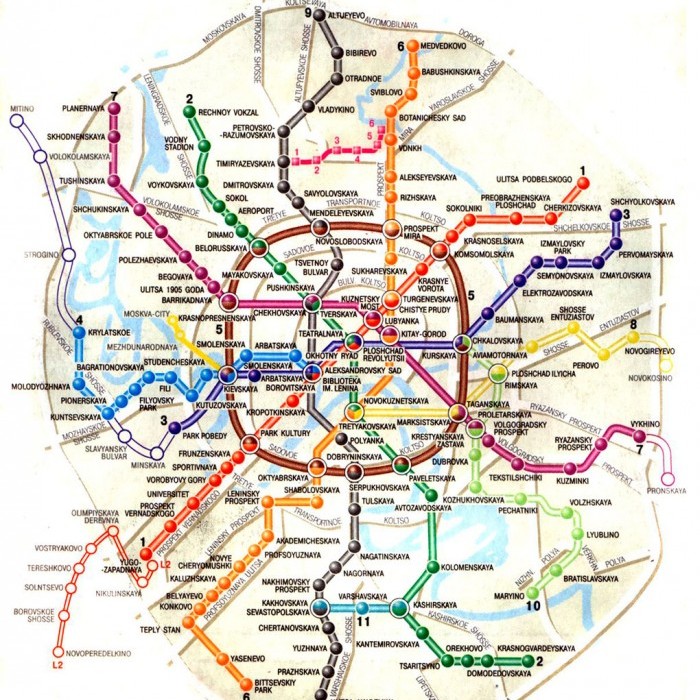 Moscow Metro Near Red Square, Ploshchad Revolyutsii Metro Station pays homage to all the Russians who took part in the 1917 revolution. There are numerous bronze statues of grim-faced revolutionaries, many with their knees rubbed to a lustrous shine as Moscovites believe this will bring them luck. Partizanskaya Metro Station is “local” station and is dedicated to the Soviets who fought against the Nazis in World War II. The grand sculpture at the top of the stairs is called “Partisans” and bears the inscription “To partisans and partisan glory!” The first line of the Moscow Metro was launched in 1935, complete with the first logo, the capital M paired with the text "МЕТРО". There is no accurate information about the author of the logo, so it is often attributed to the architects of the first stations - Samuil Kravets, Ivan Taranov and Nadezhda Bykova. It is noteworthy, however, that even at the opening in 1935, the M letter on the logo had no definite shape. Today the Moscow Metro has 194 stations and its route length is 325.4 km (202.2 mi). The system is mostly underground, with the deepest section 74 metres (243 ft) at the Park Pobedy station. The Moscow Metro was the world's second most heavily used rapid transit system after Seoul Metropolitan Subway. |
|
